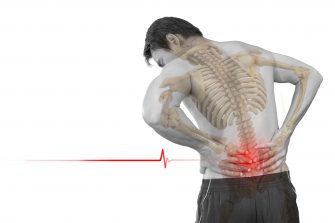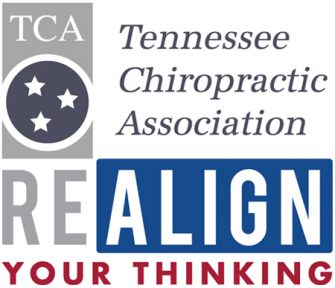Chronic Low Back Pain – What treatment combo is best?
 Research Explores Combination of Exercise, Spinal Manipulation and NSAIDs
Research Explores Combination of Exercise, Spinal Manipulation and NSAIDs
With low back pain being such a common occurrence, it’s no wonder that there are so many responses to the question, “What works best?”
In an effort to help provide answers, researchers compared different combinations of treatment for chronic low back pain (CLBP) in an effort to determine the effectiveness of the blended treatment plans. The research was published in the Journal of Manipulative Physiological Therapeutics. They planned 2 comparisons among the total of 3 treatment combinations.
The first combination comparison evaluated was:
Spinal manipulative therapy (SMT) combined with trunk strengthening exercises (TSE)
compared to
Spinal manipulative therapy combined with trunk stretching exercises
The second comparison evaluated was:
Spinal manipulative therapy (SMT) combined with trunk strengthening exercises (TSE)
compared to
Nonsteroidal anti-inflammatory drug (NSAID) therapy combined with trunk stretching exercises
Trial subjects reported low back pain, disability and functional health status before the trial, after 5 weeks of treatment, again after 11 weeks of treatment, and at a final follow-up 1 year later. For the study, each subject was given 5 weeks SMT or NSAID therapy combined with supervised trunk exercises. Then they had an additional 6 weeks of only supervised trunk exercises.
There was no significant difference between the groups at the 5 or 11 week marks, signaling that the Spinal Manipulative Therapy was as effective as the NSAIDs. Additionally, they noted a reduction in the use of pain medications that continued through the 1 year follow up for the group that received SMT/TSE. Lastly, they reported that subjects who continued to do the exercises on their own during the follow-up year had better outcomes than those who stopped after the scheduled 11 weeks was completed. Researchers stated that the improvements seen in all groups surpassed what would be expected based on the natural history of CLBP.
While traditionally considered “safe,” numerous studies have shown NSAIDs to be associated with heart attack and/or stroke. Therefore, utilizing non-drug options, such as chiropractic, to achieve pain relief is the safer option for most patients. If you must take NSAIDs, take the smallest effective dose for the shortest length of time in order to minimize your risk.
Talk to your chiropractor about how SMT can help you obtain pain relief for your chronic low back pain and help you stay moving. If you don’t have a regular chiropractor, you can find a TCA member doctor near your home, work or school at https://www.tnchiro.com/find-a-doctor/ .
REFERENCE: Bronfort G1, Goldsmith CH, Nelson CF, Boline PD, Anderson AV, “Trunk exercise combined with spinal manipulative or NSAID therapy for chronic low back pain: a randomized, observer-blinded clinical trial.” Journal of Manipulative Physiological Therapeutics. 1996 Nov-Dec;19(9):570-82.
_______________________________________________________________
 This article is being shared as part of TCA’s
This article is being shared as part of TCA’s
“Realign Your Thinking” public-awareness campaign –
helping Tennesseans understand what chiropractic care offers
and the positive role it plays in the overall health care system.